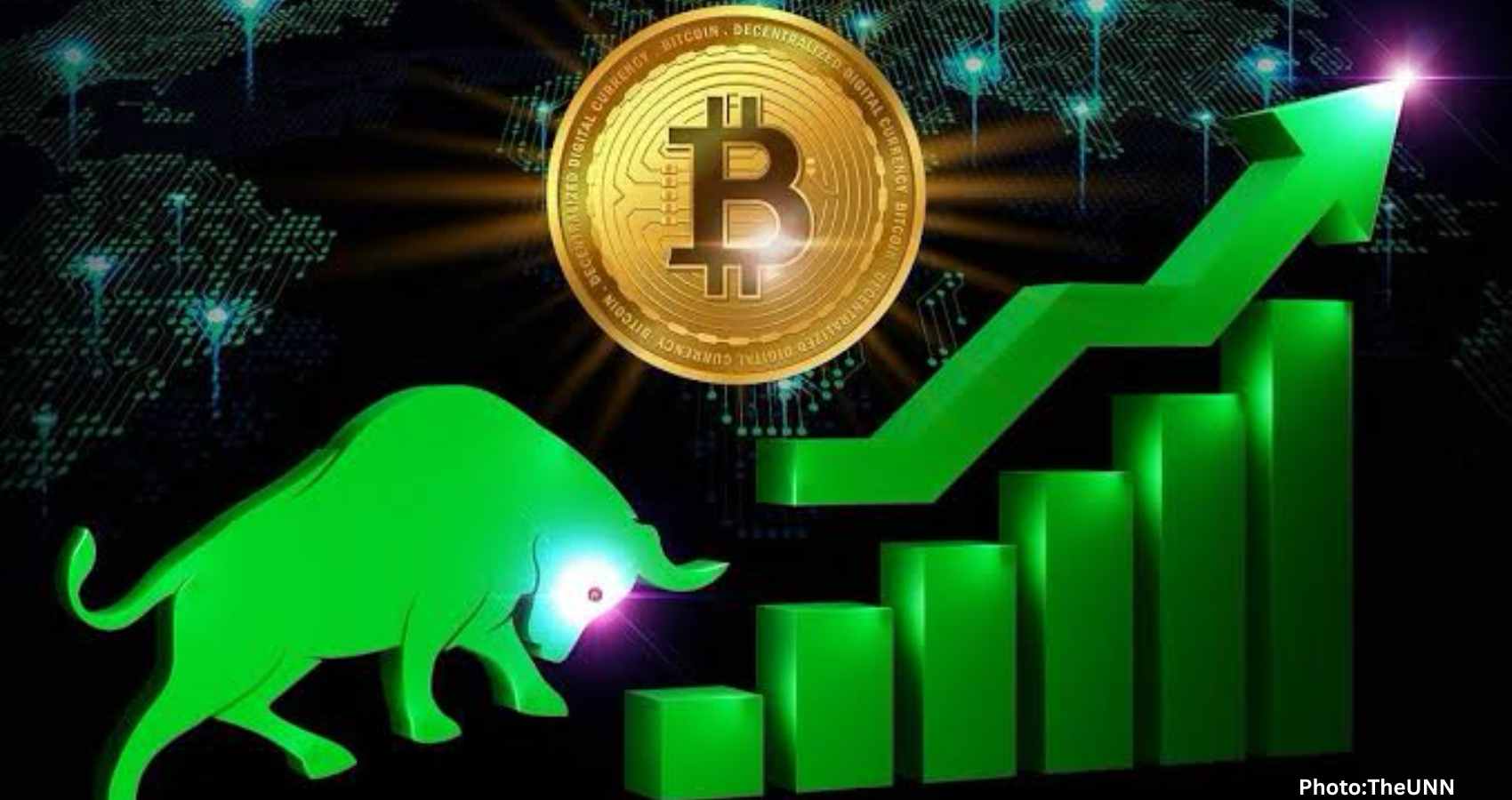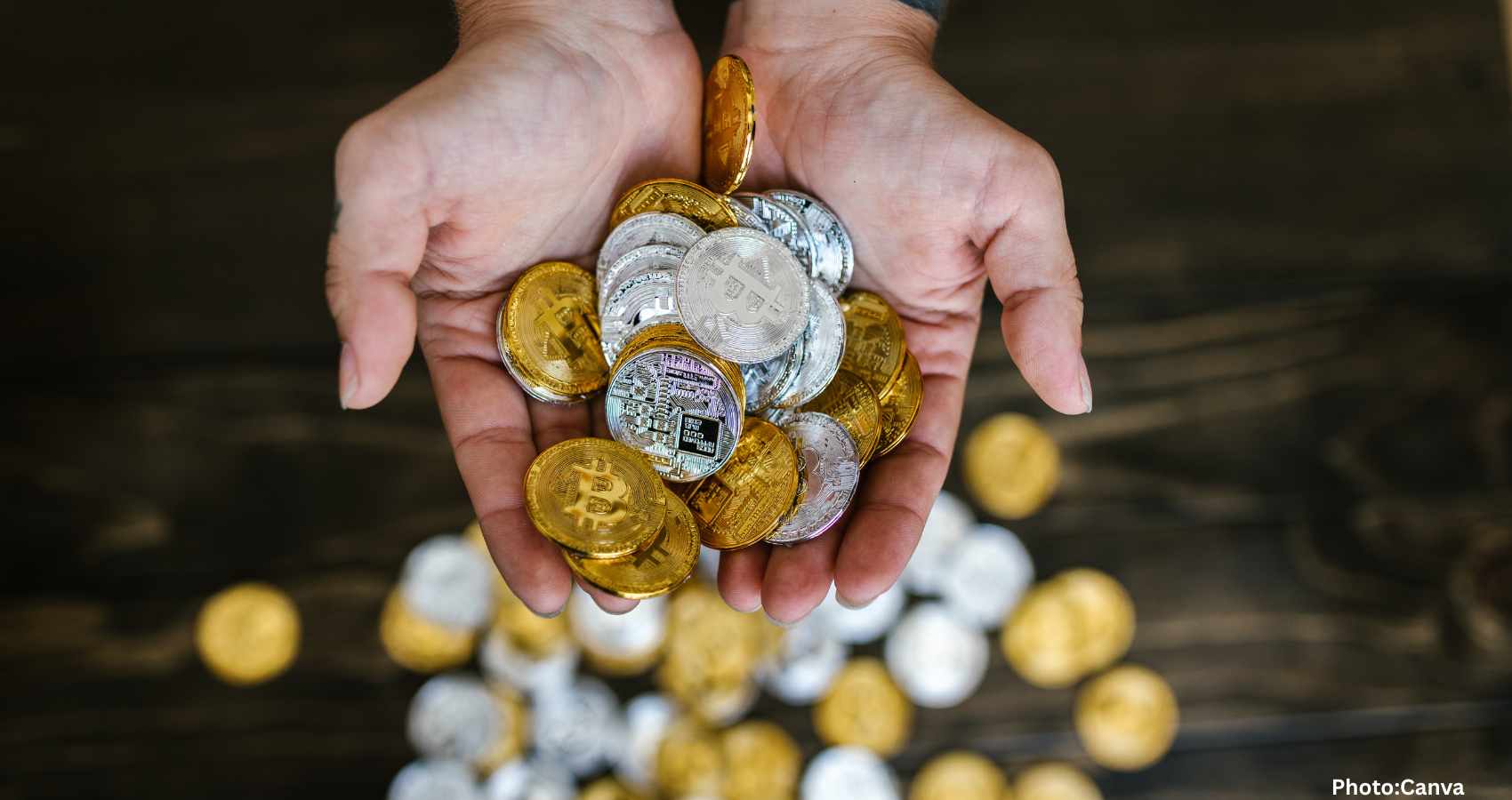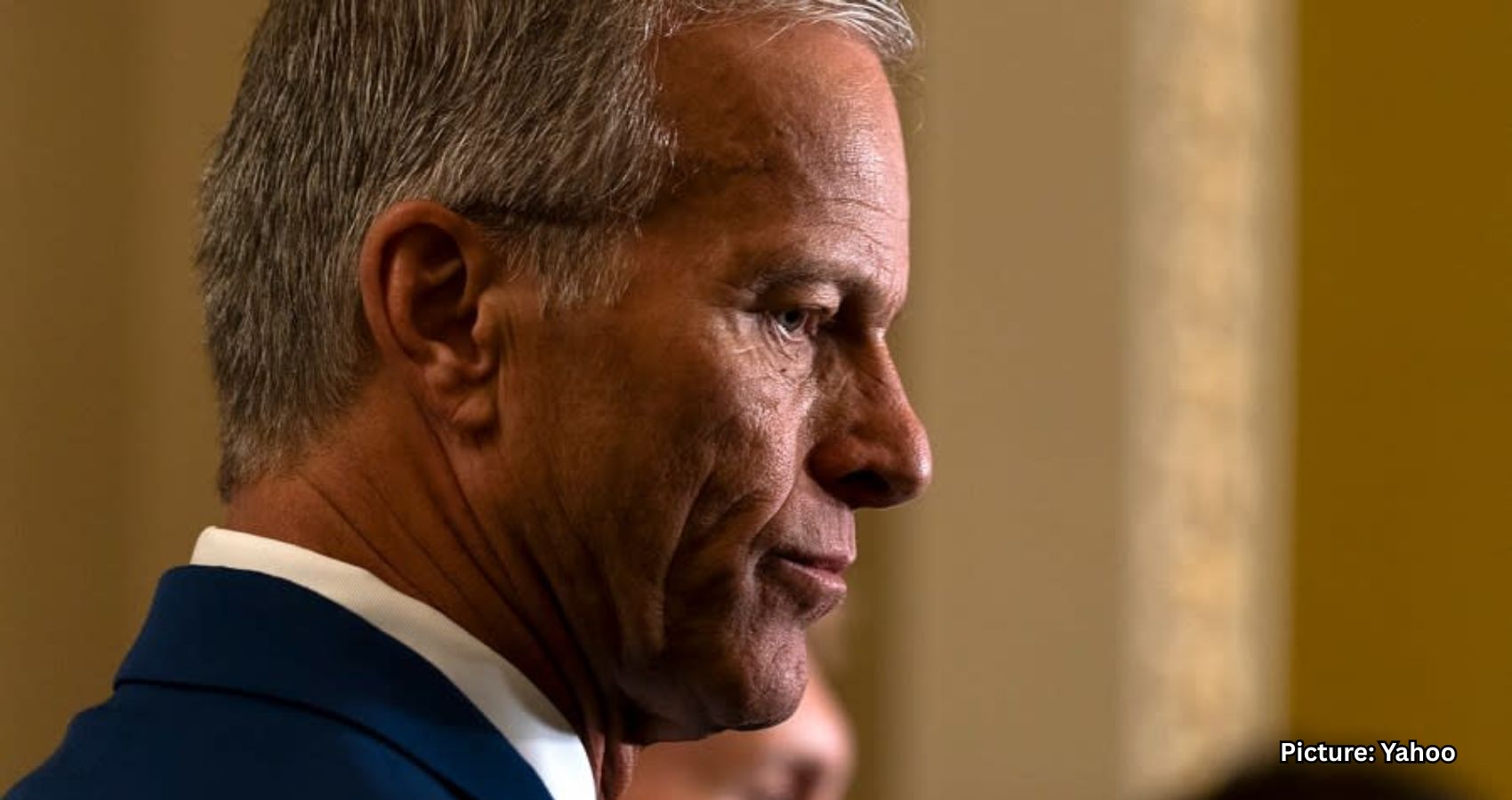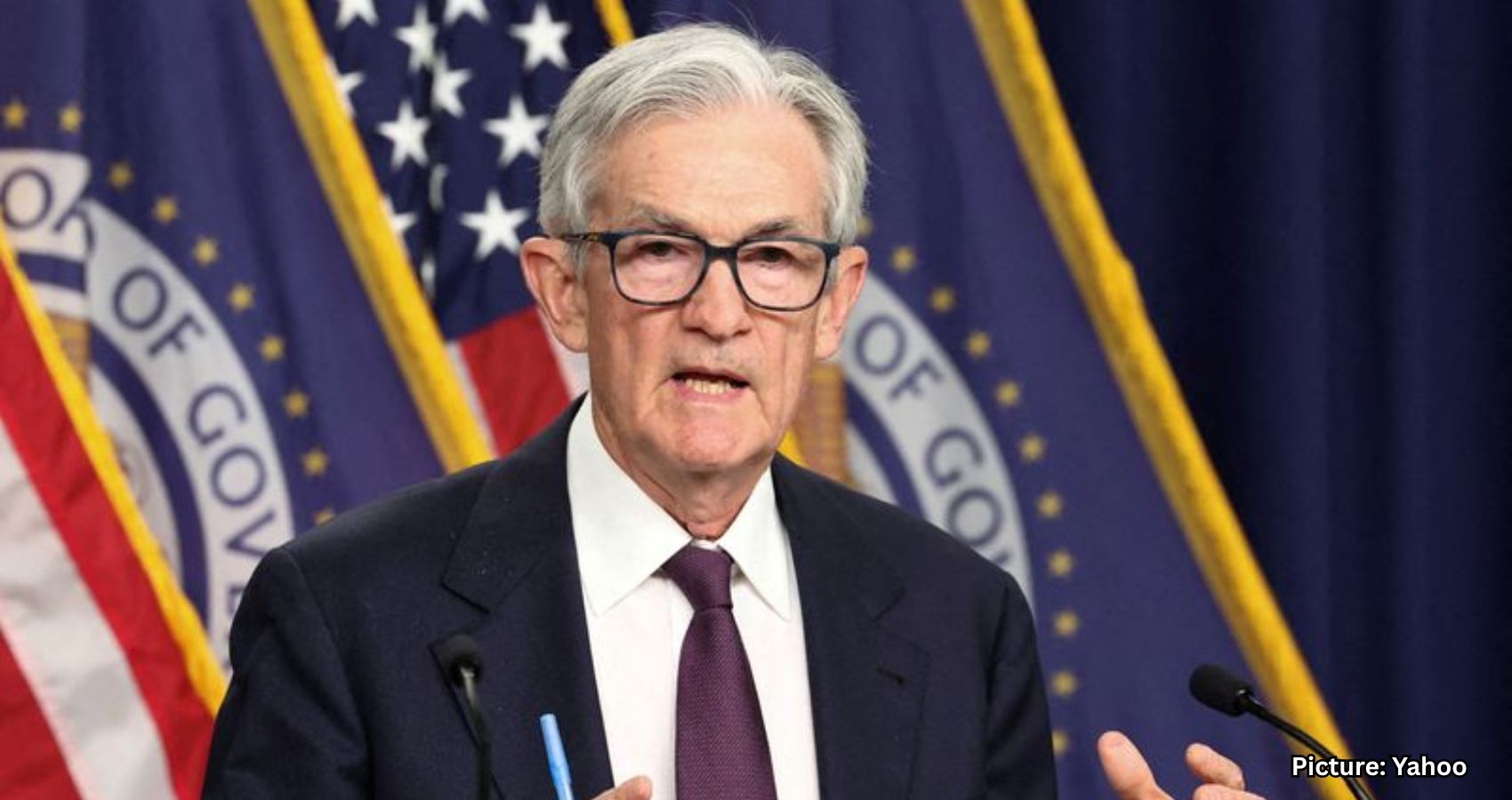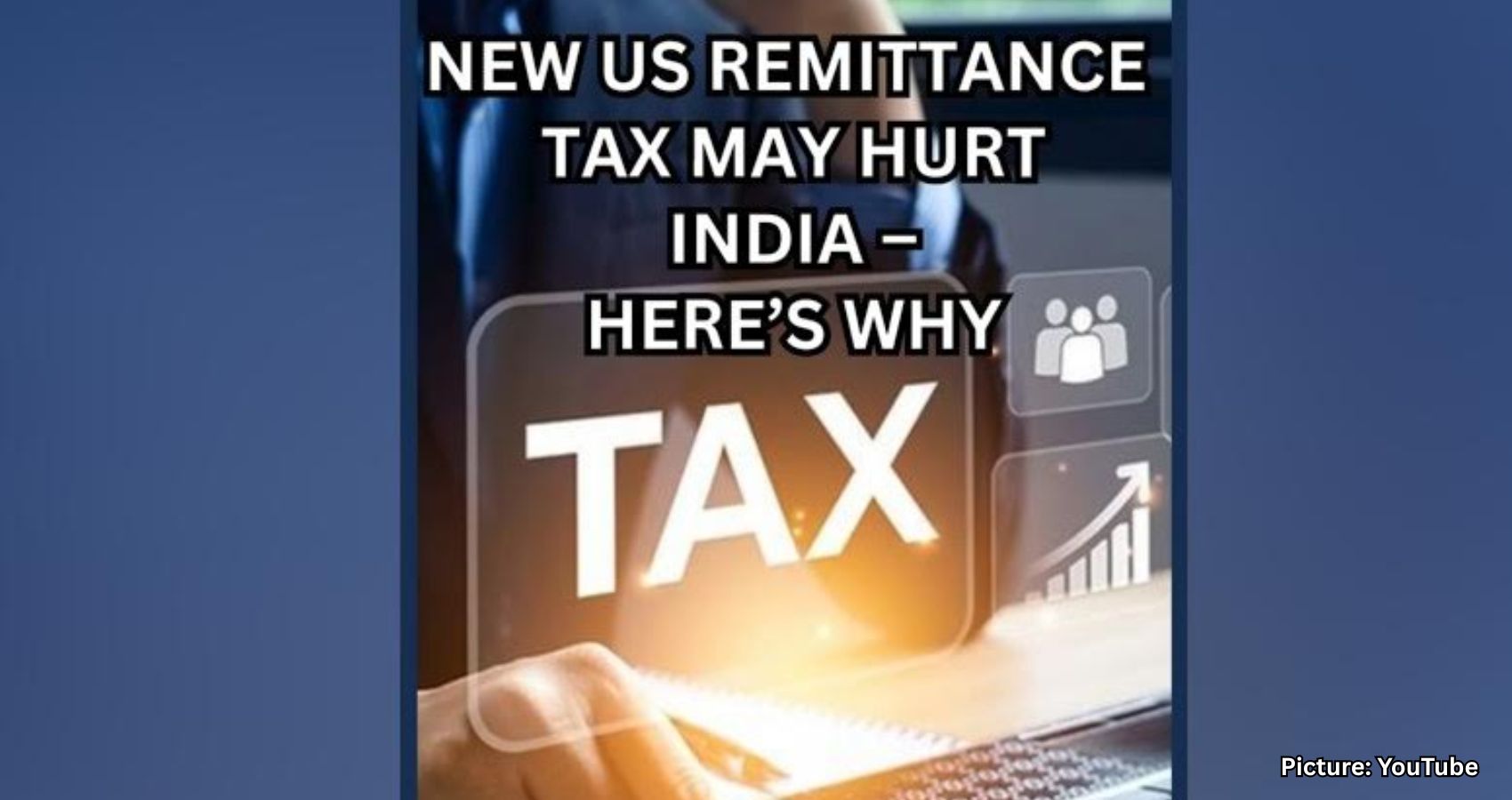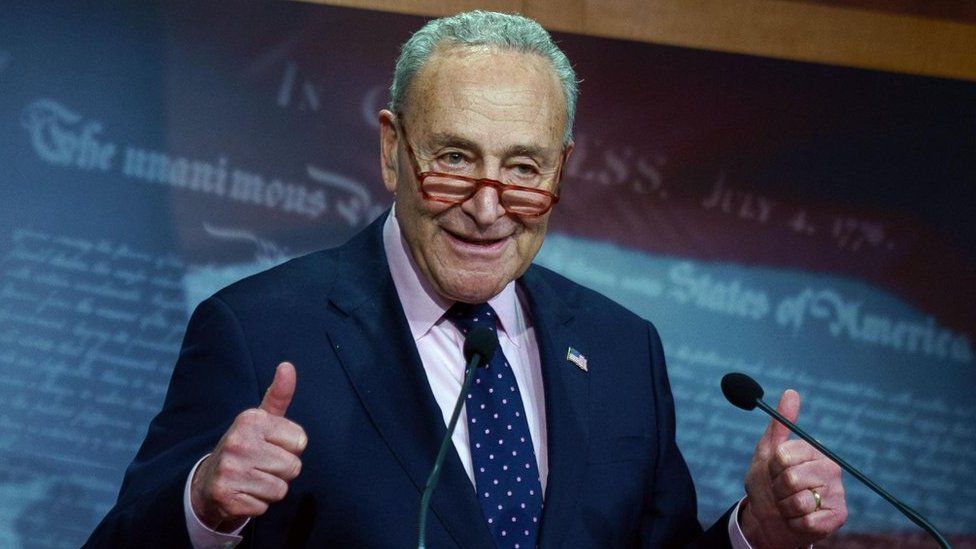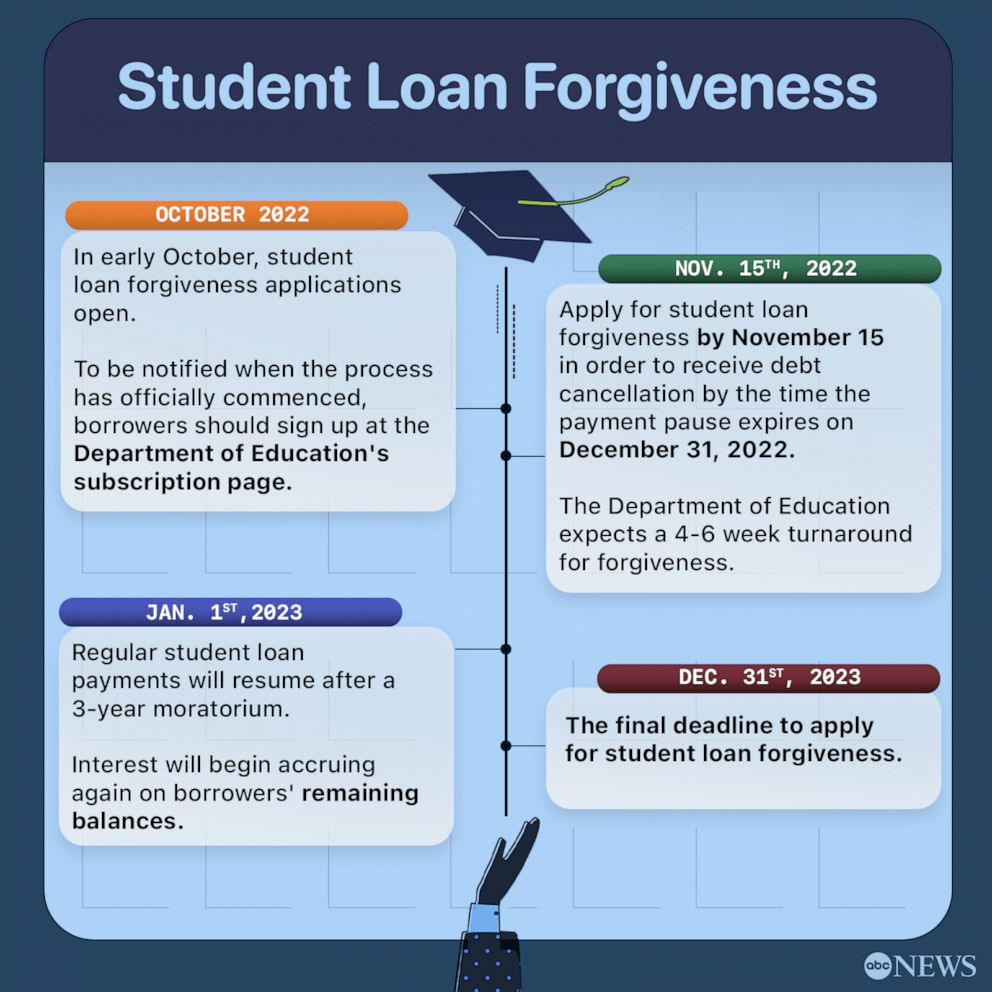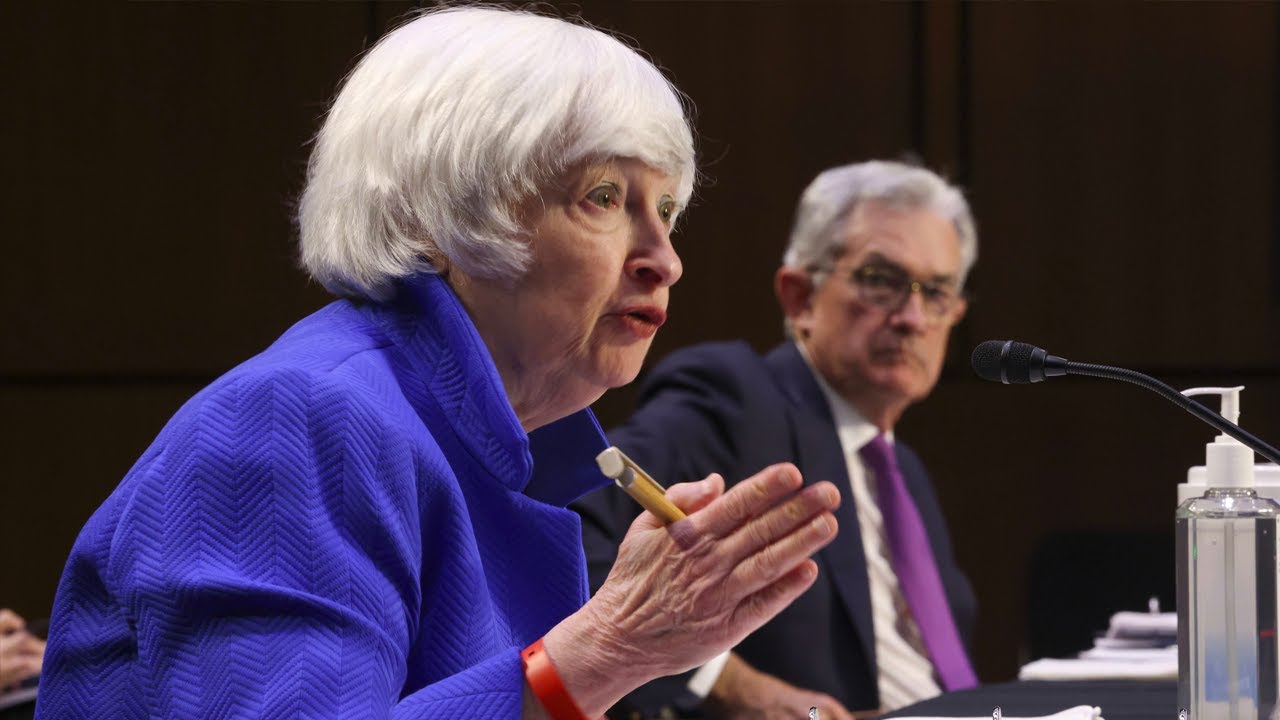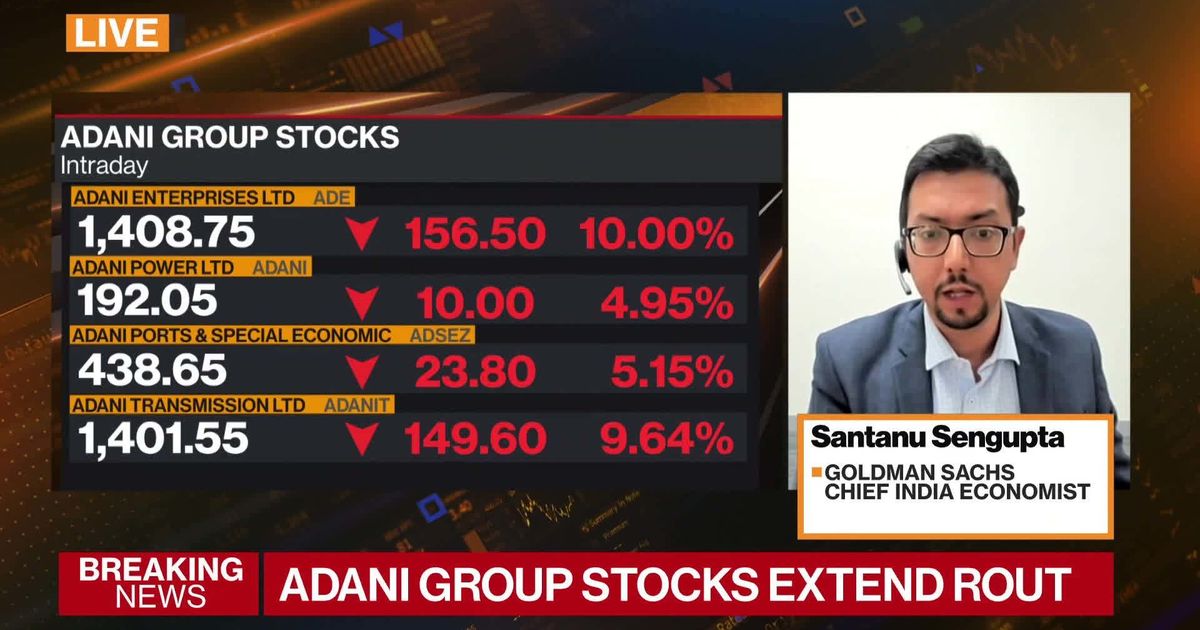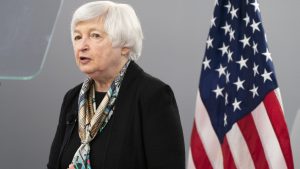(IPS) – Half a century ago, the dominance of the United States dollar in the international finance and trade system was indisputable.
By 1977, the US dollar reached a peak of 85 per cent as the prevailing currency in foreign exchange reserves; in 2001, this position was still around 73 per cent. But today, it is at approximately 58 per cent.
The dominance of the dollar and the hegemonic position of the United States have for long been intertwined. And the recent global transformations are affecting American’s ability to sustain this: the gradual movement of the centre of gravity from the West to the East, the unravelling complexities of US domestic politics, the growing muscle of the international projection of China and an international assertiveness among the countries of the Global South have restrained the American dollar’s supremacy and status.
And yet, the currency still holds by far the largest share of global trade, foreign exchange transactions, SWIFT payments and debt issued outside the United States. In fact, Western financial agents, government officials and renowned experts tend to downplay the so-called de-dollarization arguing that a relatively debilitated dollar doesn’t necessarily mean its demise.
Notwithstanding controversial standpoints, it is undeniable that the world system faces more complex, diverse and plural challenges that involve currency competition and new inventive financial pathways.
Resistance against the US Dollar
The so-called de-dollarization in global finance has its landmarks. The launch of the Euro in 1999 was crucial since the European currency, by now, represents 20 per cent of the global foreign exchange reserves. By the dawn of the 21st century, an Asian Currency Unit came to life as well: it represented a salad bowl of 13 currencies from East Asian nations (ASEAN 10 plus Japan, China and South Korea).
Along with the successful spill overs of economic regionalisation, Western-led geopolitics also came to be a source of global financial novelties that affected the US dollar’s pre-eminence.
The growing recourse to a sanction regime against countries such as Iran, especially since 2006, and Russia after the 2014 annexation of Crimea, encouraged alternative currency arrangements. As of today, Washington’s sanctions policy punishes 22 nations.
The invasion of Ukraine by Russia in 2022 and the extension of sanctions hampering the use of the US dollar encouraged even more de-dollarized practices. In response to the decision to disconnect Russia from SWIFT, Moscow advanced bilateral fuel transactions with partial payment in Rubles.
Simultaneously, Russia and a group of African countries initiated talks to establish settlements in national currencies, discontinuing both the US dollar and the Euro. Meanwhile, China is trying to insulate itself from the West and is attempting to internationalise the Renminbi, even though it represents less than 3 per cent of the official reserves worldwide.
Moscow and Beijing are coming closer in terms of financial cooperation, France and Saudi Arabia agreed to use the Renminbi in certain oil and gas deals, while Bangladesh became the 19th country to commerce with India in Rupees.
Last but not least, a gold rush is also picking up. As Ruchir Sharma has recently observed, key buyers are now central banks, which are procuring ‘more tons of gold now than at any time since data begins in 1950 and currently account for a record 33 per cent of monthly global demand for gold […] and 9 of the top 10 are in the developing world.’
Besides, some African nations seem willing to trade in currencies backed by rare-earth metals. In the Global South, in fact, there is a growing perception that de-dollarization is a step towards a multipolar world in which new actors, interests and rules interplay. In that sense, it is becoming evident that a multi-currency trading regime is slowly emerging.
How Brazil ‘de-dollarizes’
De-dollarization has been included in Brazil’s foreign policy strategy. Since the inauguration of his third mandate, President Lula da Silva rapidly disclosed the intention of overcoming his discrepancies with Western rule-setting. An adjourned narrative that contests the Global North’s preponderance in the World Order has resurfaced.
Demands for inclusive reforms in global governance, the condemnation of geopolitical worldviews leading to securitised methods and military escalation, and the questioning of the Dollar’s dominance in international trade and finance have arisen. In the present context of tensions and rivalries between the Great Powers, Brazil strives to speak of an autonomous voice of the Global South.
And thus, Lula has tried to promote peace in Ukraine on the basis of negotiations that recognize the voices of all parties involved in the war.
Lula’s de-dollarization standing has been stimulated by Brazil’s association with the BRICS, as well as its expanded bilateralism with China. The continuously record-breaking Brazilian-Chinese trade relationship reached a peak of $150,5 bn in 2022 (while the Russia-China trade relationship for the same year was $190,2 bn).
As bilateral ties are expanding further, during Lula’s recent state visit to China, novel settlements are being negotiated, aiming to put trade and financial operations on track directly with Chinese Renminbi and Brazilian Reais.
Concurrently, the Brazilian government has decided to use the New Development Bank (NDB), the BRICS’ multilateral bank, as a platform to defend a de-dollarized trade system among its members and with the countries that benefit from NDB credit lines.
By positioning former Brazilian President Dilma Rousseff as the head of the bank, Lula has upgraded the Brazilian political commitment to this frontline. Most certainly, this will become a reiterated pledge in Brazil’s performance in global governance arenas, with mention to its 2024 presidency of the G20.
It is remarkable how the Lula government has sought a prudent strategy balancing its anti-dollar hegemony signals among its BRICS partners with a constructive presence in a dollar-dominating terrain such as the Interamerican Development Bank (IDB).
By holding the presidency of the IDB since last December, supporting the candidacy of Brazilian ex-IMF official Illan Goldfajn, Brazil has stretched its footprint in international finance from Washington to Shanghai.
Beyond Brazil
Brazil has made a first attempt to bring in the de-dollarization card to its South American neighbourhood, particularly together with Argentina. Last February, bilateral talks took off to begin working on a common currency project that could reduce reliance on the US dollar. This could mean ingraining de-dollarization within the MERCOSUR area.
Following Brazil’s example, Argentina has started to consider the use of the Renminbi in its trade with Beijing. For Brazil, these are moves that could, step-by-step, lead to a regional financial terrain with relative distance from US dollar dominance. However, ongoing macroeconomic turbulences in Argentina, together with an extremely low level of foreign exchange reserves, will surely obstruct these plans in the short term.
Besides, more than two will be needed to tango. If a sustained economic recovery of Argentina takes place, Brazil will need to assure the support of extra-regional, heavyweight, non-Western actors, particularly China and India, in investment and trade flows to trigger a renewed insertion of MERCOSUR into the world economy.
De-dollarization could become a part, among others, of a dynamic reconfiguration of financial and productive intersections of Brazil and its neighbours with other regions and economic powerhouses of the global economy. Needless to say, this is a long-term strategy. The key consideration is the role of South America, that, in the near future, may play into the promotion of a multi-currency trading regime.
For now, while a strident flag of Lula’s presidential diplomacy, Brazilian ties with the US Dollar can be reduced but remain of unquestionable relevance. Decision-making in Brazil is conducted by a complex inter-ministerial web responsible for the states’ international sector that cannot avoid the influence of key production segments in the private sector.
Thus, transforming the Brazilian international financial modus operandi will depend on major accommodations that cannot overlook a broad domestic negotiation process, particularly if conjoined with the strengthening of democracy.
Monica Hirst is a research fellow at the National Institute for Science and Technology Studies in Brazil; Juan Gabriel Tokatlian is Provost at the Torcuato Di Tella University, Buenos Aires, Argentina.
Source: International Politics and Society (IPS), published by the Global and European Policy Unit of the Friedrich-Ebert-Stiftung, Hiroshimastrasse 28, D-10785 Berlin. (IPS UN Bureau)



